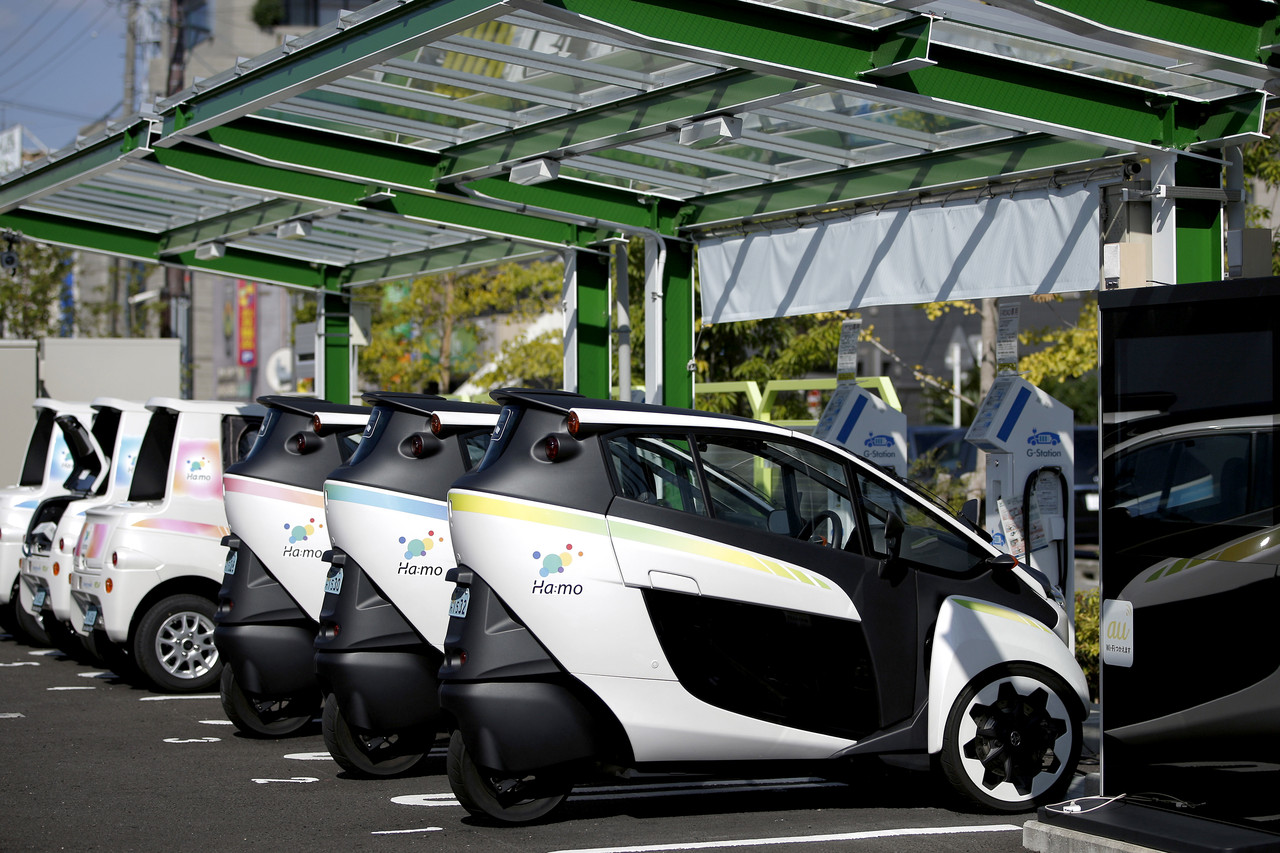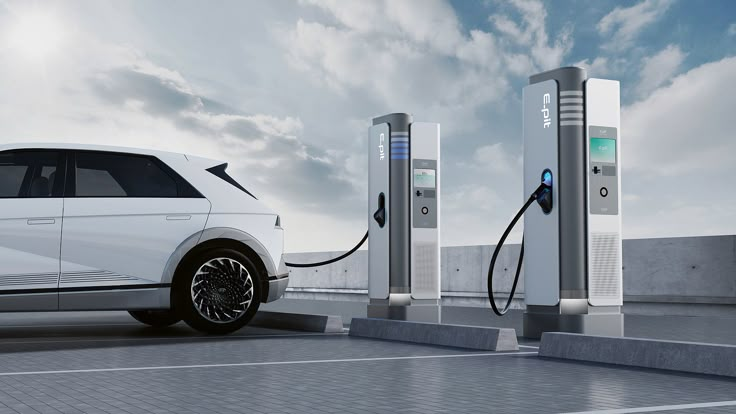Are Developing Countries Ready for Electric Vehicles? 5 Things You Must Know Before Buying!
Introduction:
Electric vehicles (EVs) have become one of the most significant technological advancements in the automotive industry. With countries around the world striving to reduce carbon emissions and shift towards more sustainable solutions, electric cars have garnered increased attention. However, when we turn the spotlight to developing countries, a question arises: Are these countries ready for electric cars?
In many developing nations, the idea of purchasing an electric vehicle may seem like a far-off luxury. But is it truly out of reach? This article delves into five critical factors to consider before buying an electric vehicle in a developing country. From infrastructure challenges to economic factors and social acceptance, we’ll explore whether EVs are a viable option for consumers in these regions.
1. The Infrastructure Challenges
One of the biggest hurdles for electric vehicles in developing countries is the lack of proper infrastructure. Infrastructure is not just about having enough charging stations, but also about ensuring that the power grid is robust enough to handle the demand.
The Need for Charging Stations
In many developed countries, there’s an ever-growing network of charging stations, making it easier for drivers to refuel their electric cars. Unfortunately, many developing countries still lack sufficient charging points, especially in rural areas. Without a widespread network, owning an EV could lead to range anxiety, making it difficult for people to fully embrace electric vehicles.
Power Grid Upgrades and Costs
The power grid in developing nations is often not equipped to handle the additional strain of charging large numbers of electric vehicles. Many countries struggle with power outages or insufficient electricity supply, making the shift to EVs more challenging. For a smooth transition, developing countries would need significant investments in power grid upgrades.
Addressing Range Anxiety
Range anxiety – the fear of running out of charge before reaching a charging station – is a major barrier to EV adoption. In developed countries, with their dense charging networks, range anxiety is a manageable concern. But for consumers in developing nations, the absence of charging infrastructure may make EV ownership seem impractical, especially in remote areas.
2. Economic Factors Impacting Electric Car Adoption
For electric cars to be widely adopted in developing countries, several economic factors need to be addressed. From affordability to government support, these factors can significantly impact the decision to purchase an electric car.
High Initial Cost of Electric Vehicles
Electric vehicles typically come with a high initial purchase price. This is mainly due to the cost of their batteries and the technology used in their manufacturing. For individuals in developing countries, the high upfront cost of EVs might be a significant barrier. While electric cars tend to offer savings over the long term, the initial cost can deter many potential buyers.
Government Incentives and Subsidies
Many countries, especially developed ones, provide subsidies and tax incentives to make electric vehicles more affordable. Unfortunately, such incentives may not exist, or may be limited, in developing countries. Governments in these regions will need to adopt more progressive policies that encourage EV adoption by offering tax breaks, rebates, or even free charging stations to make the switch more financially viable.
Affordability for the Average Consumer
For electric cars to become mainstream in developing nations, they must be affordable to the average consumer. Without significant economic growth or price reductions in EV production, it will remain a niche market for the wealthy. As a result, efforts must be made to produce more affordable electric cars tailored for the needs of middle-class families in these regions.
3. Availability and Maintenance of Electric Cars
Beyond the initial cost and government policies, the availability and maintenance of electric cars play a crucial role in determining whether these vehicles are a feasible option for consumers in developing countries.
Limited Availability of EV Models
While electric vehicle manufacturers are increasing their global presence, the variety of EV models available in developing countries remains limited. Unlike in developed nations, where consumers have access to a wide range of electric cars, developing countries often struggle with fewer options, making it harder for people to find a model that suits their needs and budget.
The Need for Specialized Service Centers
Electric vehicles require specialized service centers for maintenance and repairs. In developed countries, the number of service centers for electric cars is steadily increasing. However, in developing countries, these centers are often scarce or non-existent. This lack of service infrastructure could deter potential buyers, as they might worry about the ease of repair and servicing their EVs.
Battery Lifespan and Maintenance Costs
Another concern is the lifespan of electric vehicle batteries. Over time, batteries degrade, reducing the range and efficiency of the vehicle. In many developing countries, replacing an electric vehicle’s battery can be prohibitively expensive. Additionally, the lack of specialized repair shops or service centers in these regions could lead to longer waiting times and higher maintenance costs.
4. The Environmental Impact of Electric Cars in Developing Countries
While electric vehicles are often touted as more environmentally friendly, their environmental impact in developing countries can be more complex than it seems.
The Role of Renewable Energy
Electric cars’ environmental benefits are significantly enhanced when powered by renewable energy sources such as wind or solar. Unfortunately, many developing countries still rely heavily on fossil fuels for power generation. If the electricity used to charge electric vehicles comes from non-renewable sources, the environmental impact of owning an EV may not be as favorable as it seems.
Waste Management for Electric Car Batteries
One of the biggest challenges with electric vehicles is the disposal of batteries. In developing countries, waste management systems may not be equipped to handle the disposal of EV batteries, which contain hazardous materials. Without proper recycling infrastructure, the environmental benefits of electric vehicles could be outweighed by the harmful effects of battery waste.
Carbon Footprint of Manufacturing
Although electric vehicles do not emit greenhouse gases during operation, their manufacturing process still has a significant carbon footprint. In countries where the majority of electricity comes from coal and other non-renewable sources, the environmental impact of producing EVs could negate the environmental benefits of driving them. Therefore, the overall carbon footprint of electric cars needs to be assessed in the context of local production and energy use.
5. The Social Acceptance of Electric Cars
For electric cars to thrive in developing countries, social acceptance plays a vital role. Understanding cultural attitudes and educating consumers about the benefits of electric vehicles is key.
Cultural Attitudes Toward New Technologies
In many developing countries, people are more accustomed to traditional vehicles that rely on internal combustion engines. Introducing a new technology like electric cars might face resistance due to unfamiliarity and cultural preferences. Overcoming these cultural barriers and fostering acceptance of EVs will be crucial for their widespread adoption.
Consumer Education on EV Benefits
Many consumers in developing countries may not fully understand the long-term benefits of electric vehicles, such as lower maintenance costs and environmental advantages. Educating the public on the benefits of EVs will help drive adoption. Governments and manufacturers will need to invest in campaigns to raise awareness about the advantages of electric vehicles over conventional ones.
Adoption Trends in Developing Countries
Although electric vehicles face significant challenges in developing countries, some regions are beginning to see adoption, especially in urban areas. Countries like China and India are already leading the way in terms of EV adoption in the developing world. As more countries follow suit, electric vehicles could become a common sight on the roads of developing nations in the coming years.
Final Thoughts
FAQs
-
Are electric vehicles more expensive than traditional cars?
-
Yes, electric vehicles typically have a higher upfront cost due to the expense of their batteries. However, they can be cheaper in the long run due to lower maintenance and fuel costs.
-
-
What are the main challenges in adopting electric vehicles in developing countries?
-
Infrastructure, affordability, availability of EV models, and maintenance services are the primary challenges. Additionally, social acceptance and cultural attitudes toward new technologies can pose obstacles.
-
-
Do electric cars work in regions with poor electricity supply?
-
No, electric vehicles require a stable and reliable power grid to function efficiently. In areas with frequent power outages or unreliable electricity, EV adoption may be challenging.
-
-
What are the environmental benefits of electric cars?
-
Electric cars produce fewer greenhouse gases and pollutants compared to traditional gasoline-powered vehicles. However, their environmental impact depends on the energy source used for charging.
-
-
Will electric cars become more affordable in the future?
-
Yes, as technology advances and production scales up, the cost of electric cars is expected to decrease, making them more affordable for consumers, even in developing countries.
-




